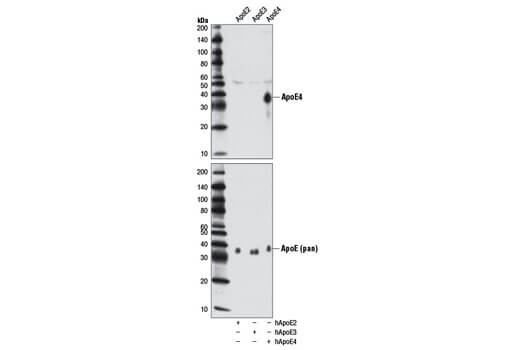The three main purposes of metabolism are the conversion of food to energy; the conversion of nutrients to proteins, carbohydrates, lipids, and nucleic acids; and the elimination of nitrogenous wastes. There is a strong correlation between metabolic changes and/or dysfunction with neurodegenerative diseases. In particular, abnormal glucose tolerance or insulin resistance are observed in many neurodegenerative conditions. It is not clear whether metabolic changes are a cause or a consequence; however, understanding the role altered metabolism plays in disease progression is important, since these changes are associated with all neurodegenerative diseases.
AKT is a critical player in cellular processes, such as glucose metabolism, cell survival, cell growth, and migration. AKT is activated when phosphorylated on Ser473 in response to insulin to regulate glucose transport. AKT is associated with Alzheimer’s disease; however, its actual role is not well understood. Its importance is recognized as it promotes Tau hyperphosphorylation. AKT is also implicated in Parkinson’s disease.
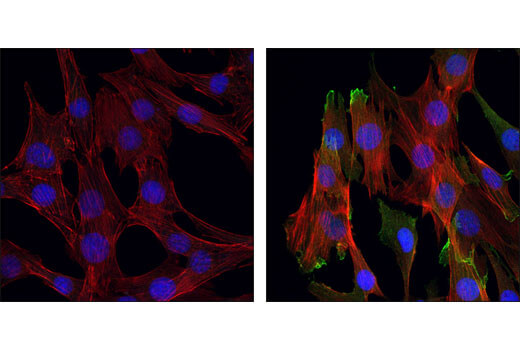
The mammalian target of rapamycin (mTOR) functions as an ATP and amino acid sensor that balances nutrient availability and cell growth. It is a part of the insulin and PI3K signaling pathway, and is a core component of mTORC complexes. mTOR is implicated in neurogenerative diseases such as Huntington’s disease and Alzheimer’s disease.
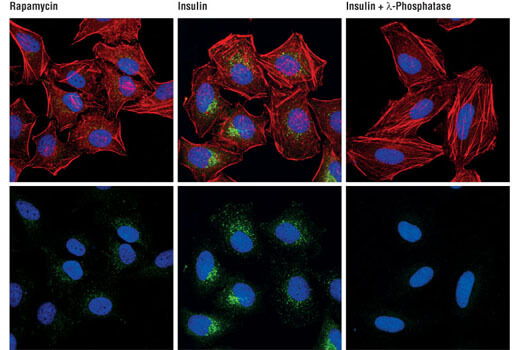
AMPKα is a central regulator of metabolism and is phosphorylated in response to low ATP levels. Activated AMPKα initiates downstream events to influence glucose and lipid metabolism. AMPKα dysregulation is associated with Alzheimer’s disease and amyotrophic lateral sclerosis.
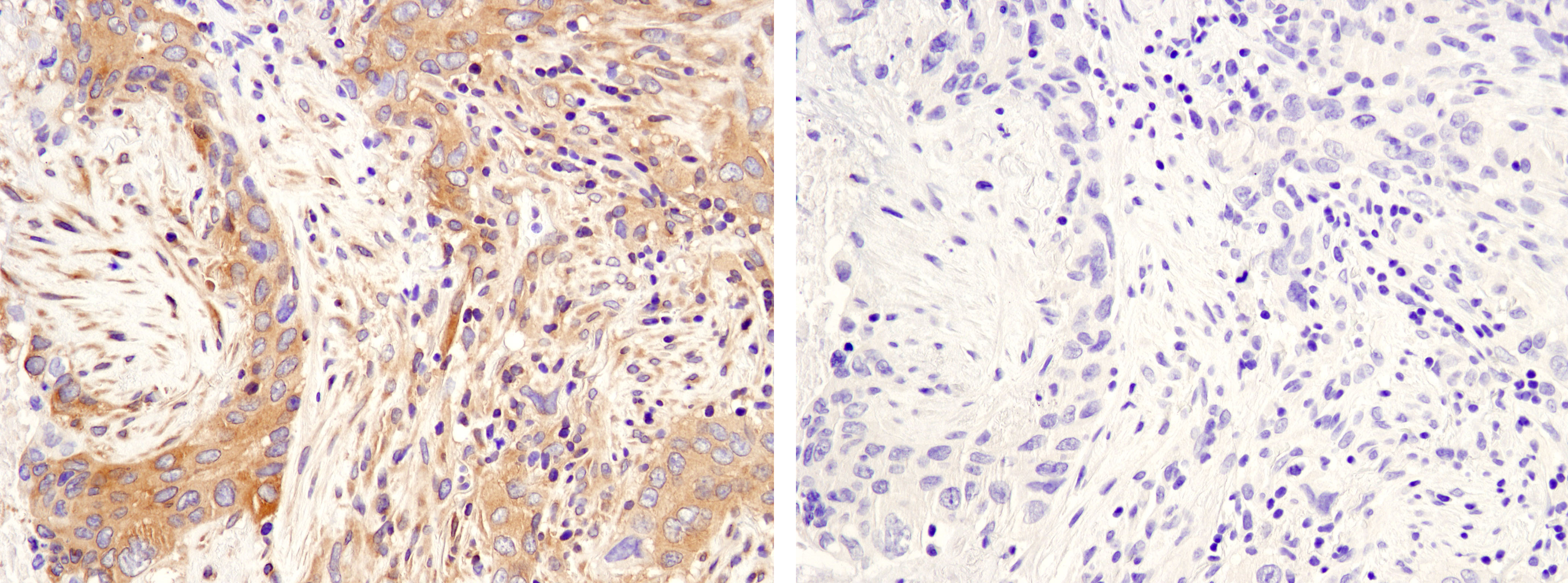
S6 ribosomal protein is commonly used as a marker for neuronal activity and a readout for mTORC1 activity. Phosphorylation of this ribosomal protein is altered in Huntington’s disease and Alzheimer’s disease.
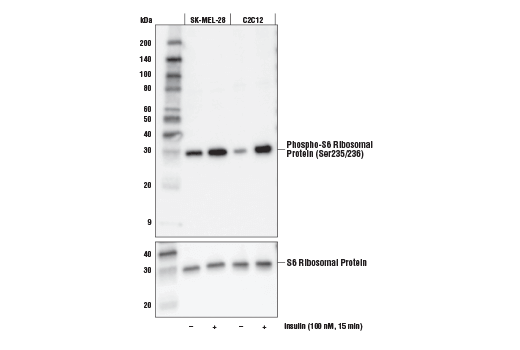
Apolipoproteins are transporters of lipids and cholesterol. ApoE4 is produced in the liver and brain and is linked to neuronal plasticity and synaptogenesis. People who carry the APOE4 allele are at higher risk of developing Alzheimer’s disease, though the exact function of ApoE4 in Alzheimer’s disease etiology remains unknown. The presence of the APOE4 allele also correlates with earlier onset of Parkinson’s disease.
